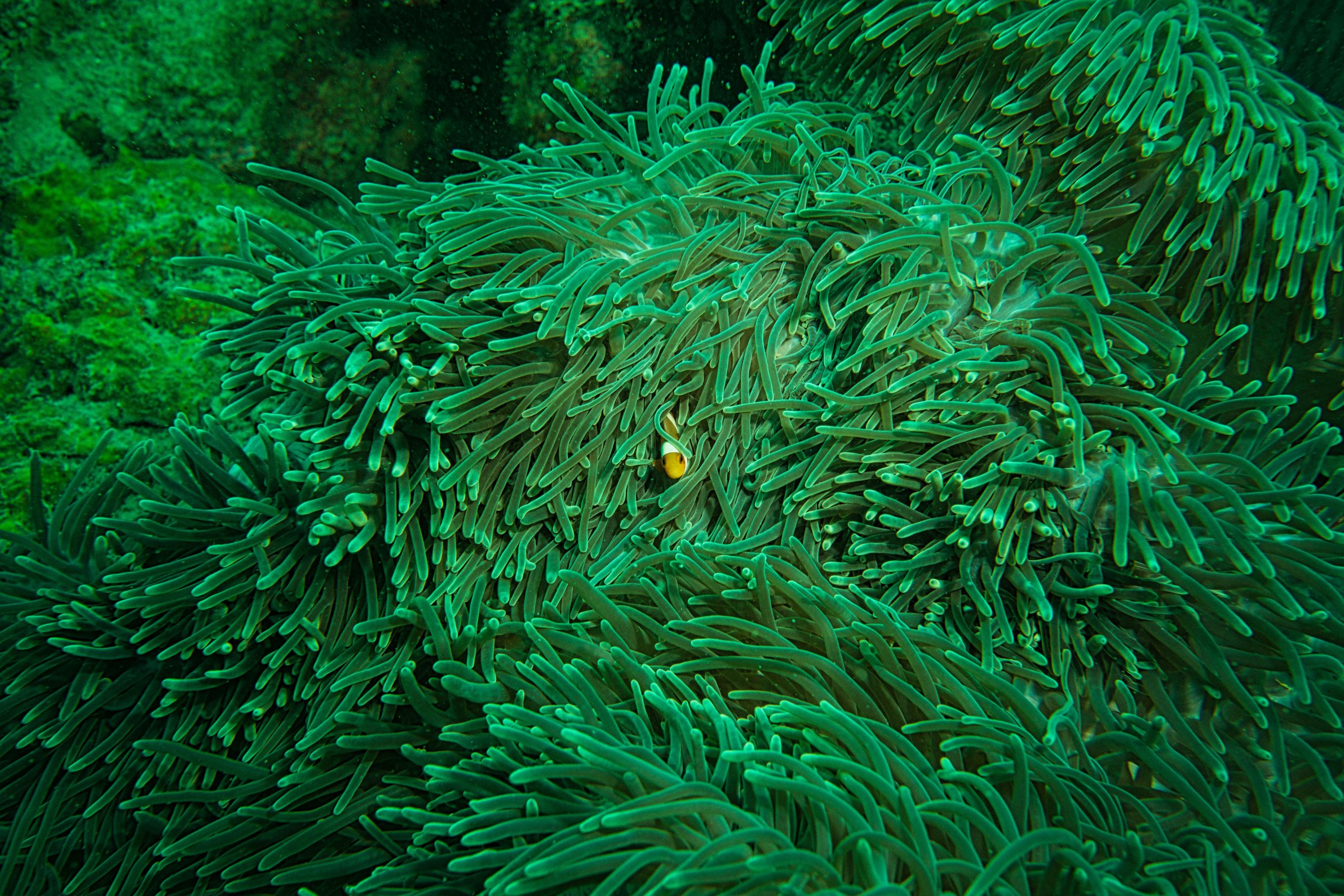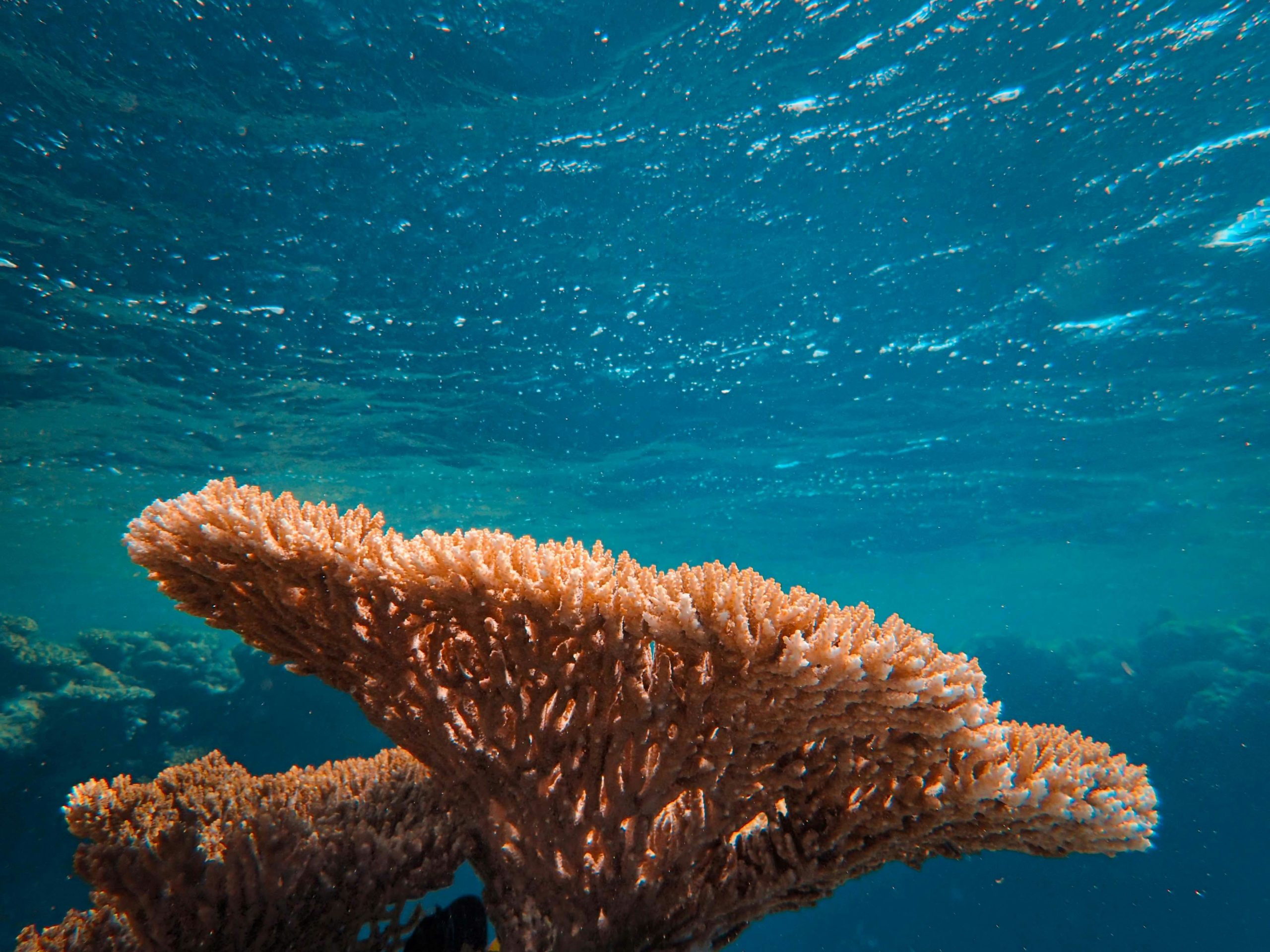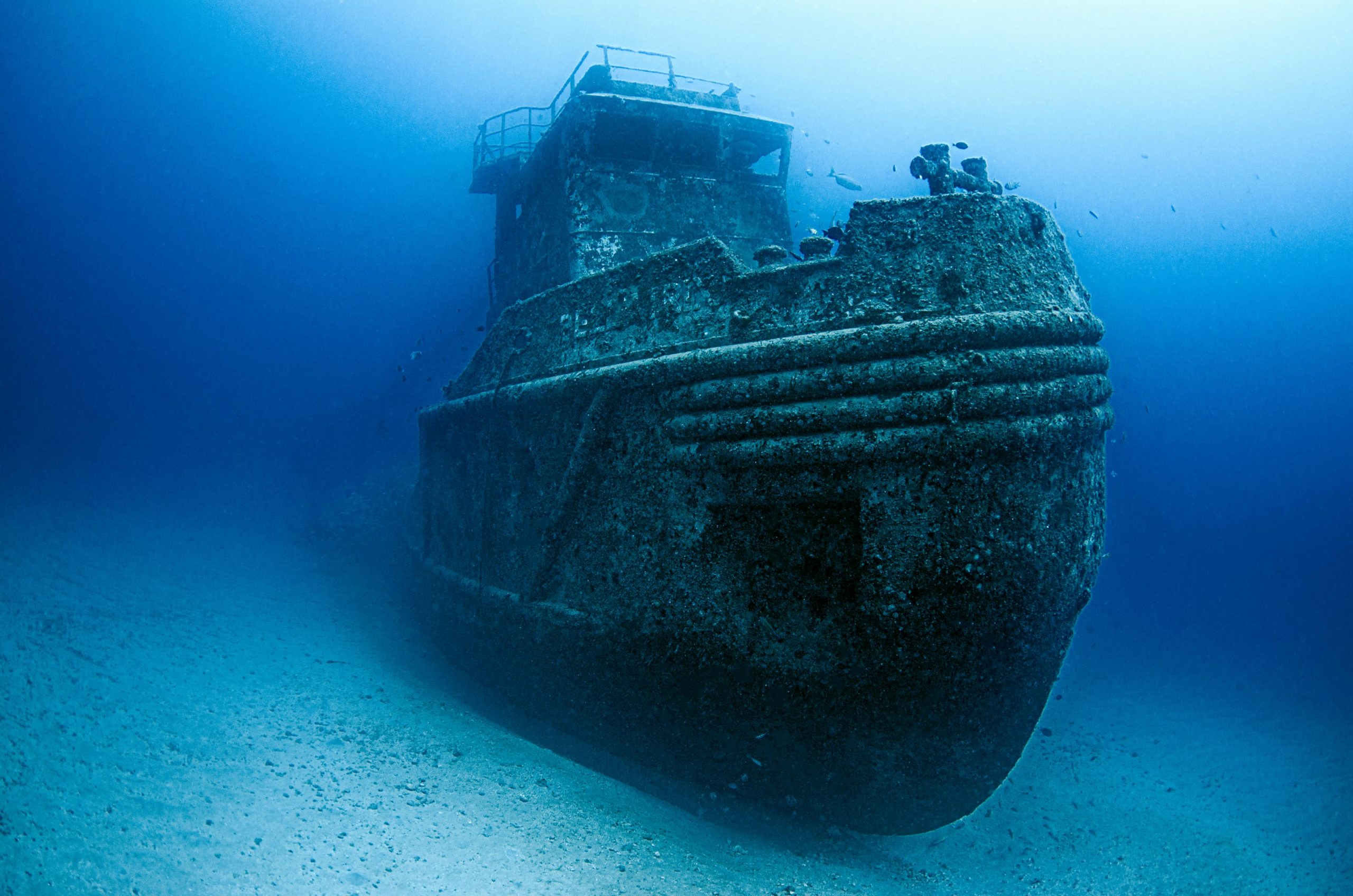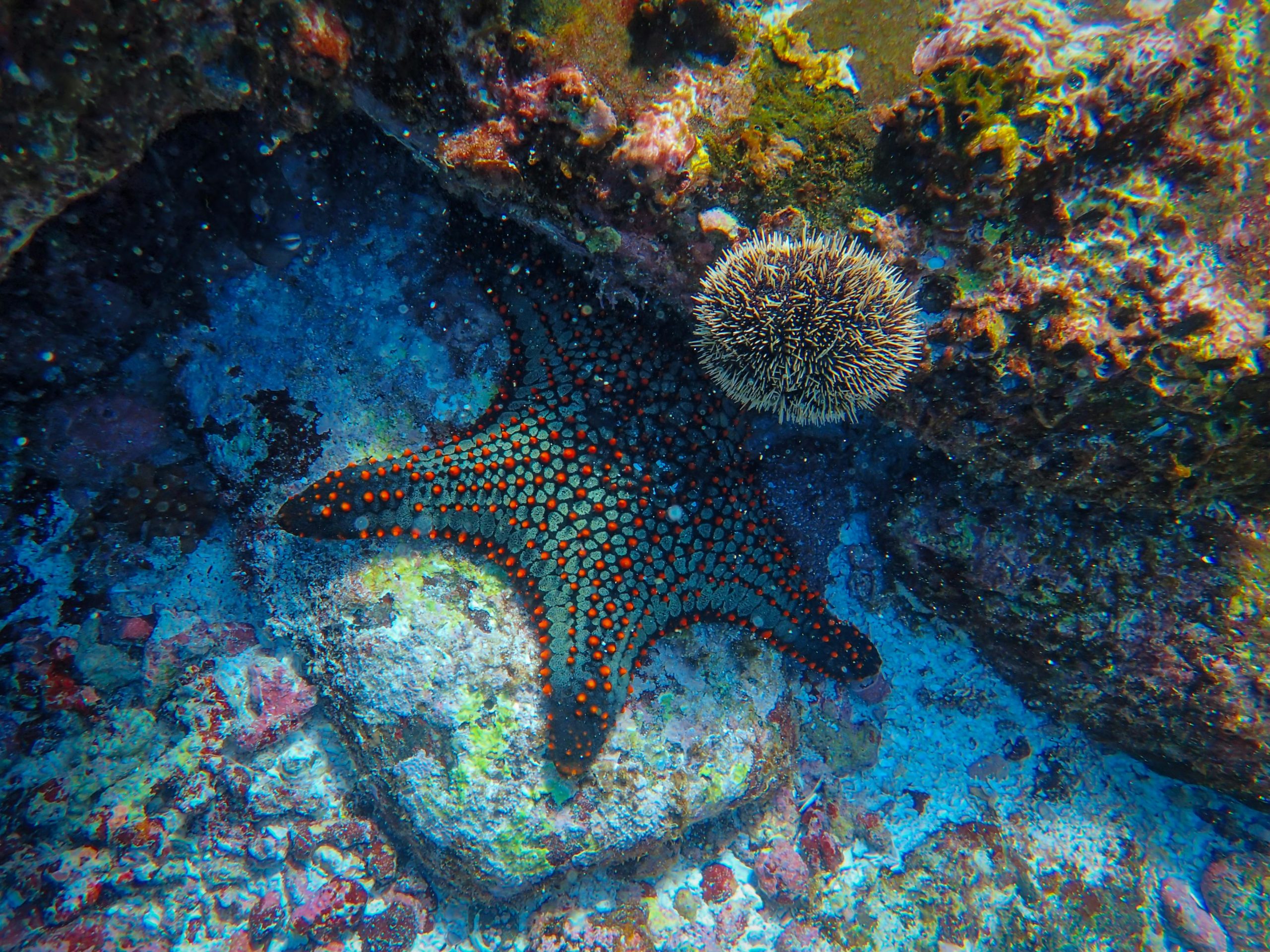
Oceans are the lifeblood of our planet, covering more than 70% of Earth’s surface. They play a critical role in regulating global climate, absorbing vast amounts of heat and carbon dioxide (CO₂), and influencing weather patterns. Without oceans, Earth’s climate would be drastically different, and life as we know it would be impossible. This article explores the crucial ways oceans regulate climate and why protecting them is essential for our future.
1. Oceans as Heat Absorbers
One of the most significant ways oceans influence Earth’s climate is by absorbing and storing heat from the sun. Water has a high heat capacity, meaning it can absorb large amounts of heat without drastic temperature changes. This property helps stabilize global temperatures, preventing extreme fluctuations between day and night or season to season.
The ocean absorbs about 90% of the excess heat generated by human-induced greenhouse gas emissions. This stored heat is then redistributed across the planet through ocean currents, ensuring that no single region experiences excessive temperature extremes.
2. Ocean Currents and Climate Regulation
 Ocean currents act as a conveyor belt, moving warm and cold water around the globe and regulating regional climates. There are two main types of currents:
Ocean currents act as a conveyor belt, moving warm and cold water around the globe and regulating regional climates. There are two main types of currents:
- Surface currents, driven by wind, move warm water from the equator toward the poles and bring cooler water back toward the equator. The Gulf Stream, for example, keeps Europe warmer than other regions at similar latitudes.
- Deep ocean currents, also known as the thermohaline circulation or the “global ocean conveyor belt,” are driven by differences in temperature and salinity. These currents help transport heat across vast distances and maintain Earth’s climate balance.
If these currents weaken or shift due to climate change, it could lead to severe disruptions in global weather patterns, including stronger storms, shifting precipitation zones, and extreme temperature changes.
3. Oceans as Carbon Sinks
 Oceans absorb about 25-30% of human-generated CO₂ emissions, making them one of the largest carbon sinks on Earth. Marine organisms, such as phytoplankton, play a crucial role in this process through photosynthesis, converting CO₂ into oxygen and organic matter. This process helps mitigate climate change by reducing the amount of CO₂ in the atmosphere.
Oceans absorb about 25-30% of human-generated CO₂ emissions, making them one of the largest carbon sinks on Earth. Marine organisms, such as phytoplankton, play a crucial role in this process through photosynthesis, converting CO₂ into oxygen and organic matter. This process helps mitigate climate change by reducing the amount of CO₂ in the atmosphere.
However, excessive CO₂ absorption is leading to ocean acidification, which threatens marine ecosystems, coral reefs, and shell-forming organisms. Protecting the ocean’s natural ability to sequester carbon is vital for long-term climate stability.
4. Oceans and Weather Patterns
The interaction between the ocean and atmosphere directly affects global weather patterns. El Niño and La Niña events, for instance, are driven by temperature fluctuations in the Pacific Ocean and significantly impact rainfall, droughts, and hurricanes worldwide. Warmer ocean temperatures fuel more intense hurricanes, typhoons, and cyclones, leading to devastating natural disasters.
Additionally, oceans influence monsoon seasons, which are critical for agriculture in many parts of the world. Disruptions to oceanic cycles could cause severe droughts or flooding, endangering food security and freshwater availability.
5. The Impact of Climate Change on Oceans
 While oceans help regulate climate, they are also highly vulnerable to climate change. Rising global temperatures are causing ocean warming, leading to consequences such as:
While oceans help regulate climate, they are also highly vulnerable to climate change. Rising global temperatures are causing ocean warming, leading to consequences such as:
- Coral bleaching: Increased temperatures stress coral reefs, causing them to expel the symbiotic algae they rely on, ultimately leading to reef death.
- Sea level rise: Melting polar ice caps and the thermal expansion of seawater contribute to rising sea levels, threatening coastal communities worldwide.
- Loss of marine biodiversity: Many marine species are struggling to adapt to rising temperatures and changing ocean chemistry, leading to shifts in ecosystems and food chains.
6. How We Can Protect the Oceans
 Given their vital role in climate regulation, protecting the oceans is crucial. Here are some ways we can help:
Given their vital role in climate regulation, protecting the oceans is crucial. Here are some ways we can help:
- Reduce carbon emissions: Lowering fossil fuel consumption, switching to renewable energy, and improving energy efficiency can slow global warming and lessen ocean stress.
- Support marine conservation efforts: Establishing marine protected areas (MPAs) helps preserve biodiversity and critical habitats.
- Combat plastic pollution: Reducing plastic waste prevents harm to marine life and ecosystems.
- Promote sustainable fishing: Overfishing disrupts marine food chains and ecosystems; sustainable seafood choices support healthier oceans.
Conclusion
 Oceans are Earth’s natural climate regulators, absorbing heat, storing carbon, and driving weather patterns. However, human activities are pushing them to their limits. By taking action to protect marine ecosystems and reduce climate change’s impact, we can ensure that oceans continue to sustain life on our planet. Protecting our oceans isn’t just about preserving nature—it’s about securing a livable future for all of us.
Oceans are Earth’s natural climate regulators, absorbing heat, storing carbon, and driving weather patterns. However, human activities are pushing them to their limits. By taking action to protect marine ecosystems and reduce climate change’s impact, we can ensure that oceans continue to sustain life on our planet. Protecting our oceans isn’t just about preserving nature—it’s about securing a livable future for all of us.




